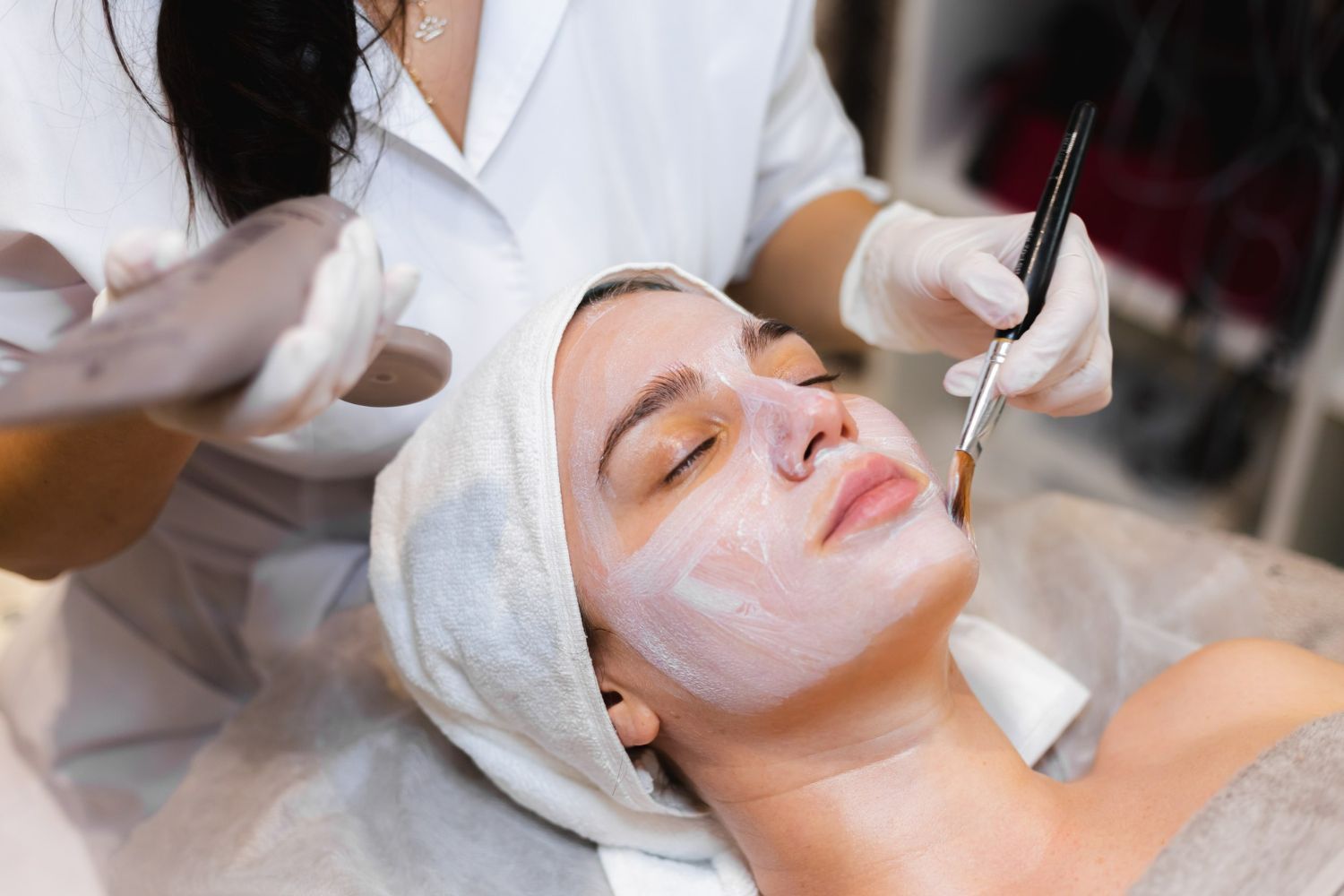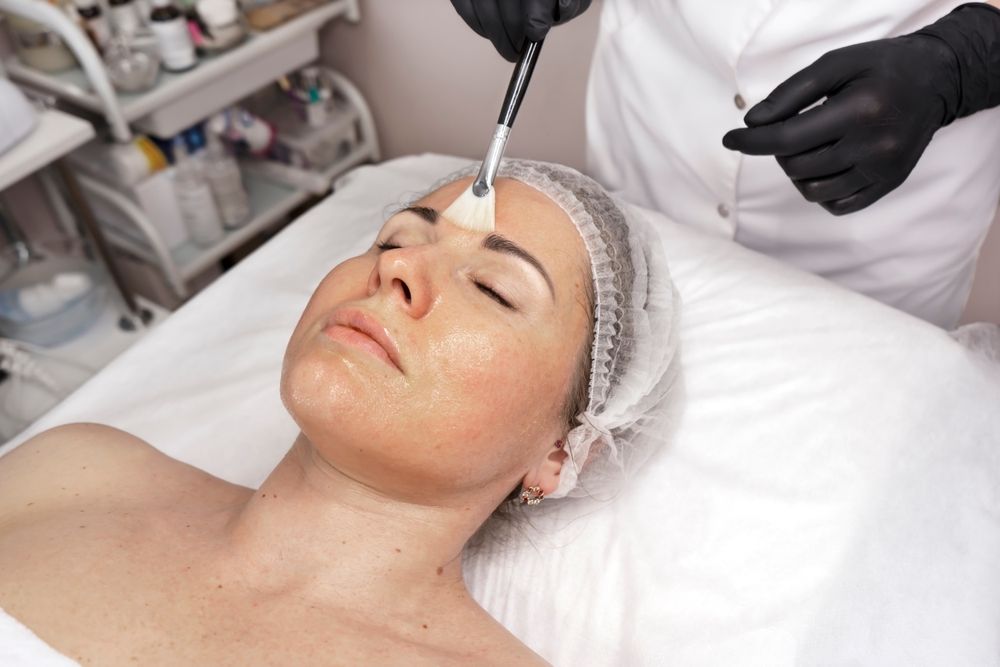As the seasons shift from winter to spring, our skin often bears the brunt of harsh weather conditions and fluctuating temperatures. This transition can leave your skin looking dull, tired, and in need of a rejuvenating boost. At Selah Aesthetics and Wellness in Columbus, GA, we offer microneedling as a powerful solution to refresh and revitalize your skin, ensuring it looks radiant and healthy no matter the season.
What is Microneedling?
Microneedling is an advanced, minimally invasive cosmetic treatment that enhances the skin's texture and appearance by stimulating collagen production. The procedure involves using a device equipped with fine needles that create controlled micro-injuries in the skin. These micro-injuries trigger the body’s natural healing process, resulting in increased collagen and elastin production, which are essential for maintaining firm, youthful skin.
The Benefits of Microneedling for Seasonal Transition
The transition from winter to spring can be tough on your skin. Colder months often leave your skin dry and lackluster, while the arrival of warmer weather can lead to increased oil production and breakouts. Microneedling addresses these concerns by:
Rejuvenating Skin Texture: Microneedling effectively reduces the appearance of fine lines, wrinkles, and enlarged pores, giving you smoother and more even-toned skin.
Promoting Natural Glow: By boosting collagen production, microneedling enhances your skin's natural glow, helping you achieve a radiant complexion that’s perfect for spring.
Reducing Sun Damage: The treatment minimizes the appearance of sun spots and hyperpigmentation, common after sun exposure during winter getaways.
Improving Product Absorption: Microneedling enhances the absorption of skincare products, allowing your skin to fully benefit from nourishing ingredients.
Customizing Your Treatment
At Selah Aesthetics and Wellness, we understand that every individual's skin is unique. Our experienced professionals customize each microneedling session to meet your specific needs and address your skin concerns. We recommend a series of 3 to 6 sessions, spaced 4 to 6 weeks apart, to achieve optimal results. This allows your skin ample time to heal and regenerate between treatments.
Post-Treatment Care
While microneedling is a safe and effective treatment, proper aftercare is crucial to maximizing results and minimizing downtime. After a microneedling session, your skin may be slightly red and sensitive, similar to a mild sunburn. To ensure a smooth recovery:
Avoid Sun Exposure: Protect your skin from direct sunlight by wearing sunscreen with SPF 30 or higher.
Use Gentle Skincare: Opt for gentle, non-irritating skincare products to support your skin’s healing process.
Stay Hydrated: Drink plenty of water to keep your skin hydrated and healthy.
Follow Our Instructions: Adhere to any additional aftercare tips provided by our experts for the best outcomes.
Why Choose Selah Aesthetics and Wellness?
At Selah Aesthetics and Wellness, our mission is to enhance your natural beauty and well-being with cutting-edge treatments. Our compassionate team is dedicated to providing personalized care in a relaxing environment, ensuring you feel your best at every visit. We pride ourselves on using state-of-the-art techniques and advanced education to deliver top-tier results tailored to your individual needs.
Book Your Microneedling Session Today
Are you ready to achieve radiant skin and make the most of the seasonal transition? Schedule your microneedling consultation at Selah Aesthetics and Wellness today. Contact us at (706) 810-5525 or visit our website at www.selahaw.com to book your appointment. Let us help you revitalize your skin and embrace the beauty of spring with confidence.
Transitioning from winter to spring is the perfect time to invest in your skin’s health and appearance. Microneedling offers a transformative experience, enhancing your skin’s texture, tone, and radiance. With Selah Aesthetics and Wellness, you’re not just a client; you’re part of our family. Discover the Selah difference and embark on your journey to a more beautiful, confident you.

Lauren Hodge, MSN, FNP-C, is a board-certified Family Nurse Practitioner and aesthetic injector in Columbus, GA, with advanced training in regenerative medicine and aesthetics. She combines her background in pediatrics, pain management, and orthopedics with a passion for natural results, helping patients look and feel their best.












